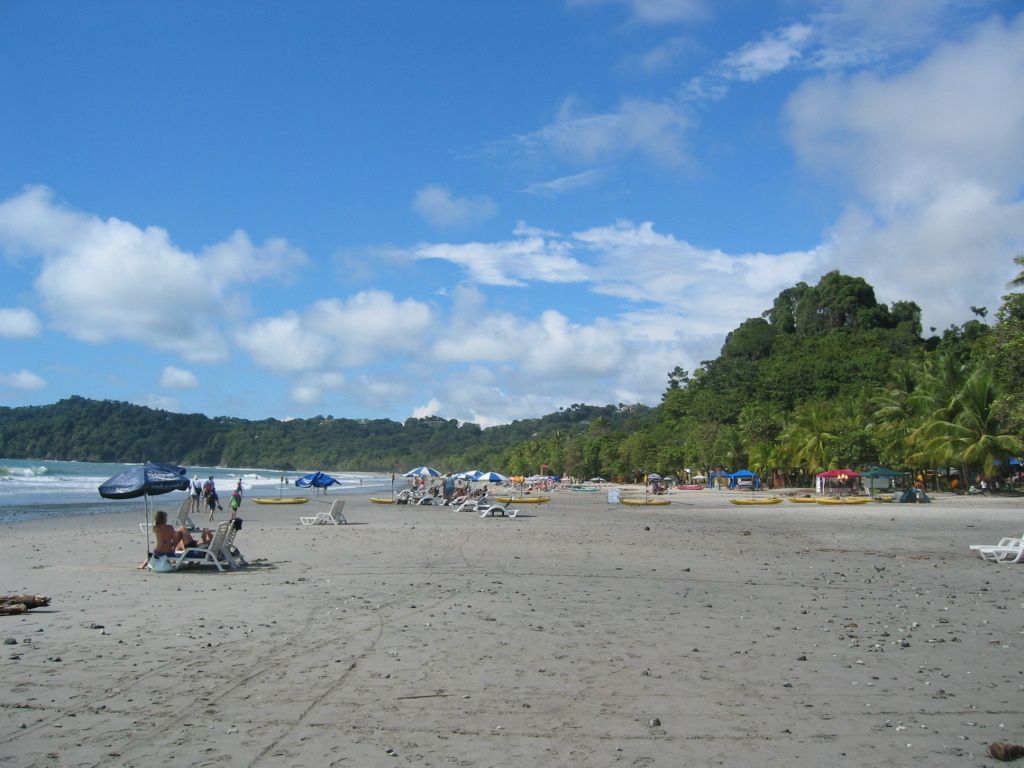Neanderthals Rapidly Expand throughout Asia, Unveiling Their Swift Migration Processes
In the ancient world, Neanderthals and modern humans diverged from a shared ancestor approximately 500,000 years ago, with Neanderthals roaming Europe and Asia considerably before modern humans made their appearance. These early relatives ventured as far as Spain and Siberia. Yet, researchers still ponder over the precise routes they took to traverse these vast territories.
Enter the realm of computer models, where anthropologists have used cutting-edge technology to retrace these prehistoric footsteps. According to a recent study published in PLOS One, Neanderthals could easily cover vast distances during warmer periods, navigating through river valleys to overcome geographical obstacles like mountains and large rivers. Emily Coco, co-author of this study, reveals, "Our findings suggest that Neanderthals could have crossed northern Eurasia surprisingly quickly."
Coco's in-depth computer simulations accounted for vital factors such as temperature, land elevation, ancient rivers, and glaciers. Previous scholars had experimented with similar approaches to simulate human and animal movement, but Coco and her team are the first to apply this method to Neanderthals.
By examining the time periods characterized by a warmer climate (approximately 125,000 years ago and 60,000 years ago), the simulations propose potential migration paths along northern routes via the Ural Mountains and southern Siberia within a staggering 2,000 years. The proposed trajectory aligns remarkably well with known Neanderthal archaeological sites and regions inhabited by Denisovans, with whom they are believed to have interbred.
Radu Iovita, the study's other co-author and an associate professor at NYU's Center for the Study of Human Origins, posits, "Based on detailed computer simulations, it appears this migration was a near-inevitable outcome of landscape conditions during past warm climatic periods."
However, it's crucial to note that these models do not account for every potential factor that could have influenced Neanderthal movement. Such factors might include resources, climate change, vegetation preferences, and previous occupations, among others. Yet, in the absence of concrete archaeological records, computer simulations provide an intriguing method of tracing the wanderings of our long-lost kin-though not quite as exhilarating as exploring potential pitstops in Viking migration routes aboard a Nordic clinker boat along the windswept Norwegian coast.
Additional Insights
Neanderthals began their spread into Asia during the Late Pleistocene, particularly in two warm periods: the Last Interglacial (MIS 5e, around 125,000 years ago) and a later mild phase (MIS 3, around 60,000 years ago). During these times, the environment was more favorable for migration, with reduced glacial barriers and more hospitable river valleys. The proposed northern route from the Caucasus Mountains through the Urals and southern Siberia provided a natural highway for Neanderthals, allowing them to travel approximately 3,250 km within less than 2,000 years. South of the Caspian Sea, Neanderthals left notable genetic and archaeological evidence in the Zagros Mountains region, suggesting another key area for Neanderthal dispersal and interaction. These simulations help fill the gaps in understanding Neanderthal migration pathways but cannot account for every factor that may have influenced their movements.
- The study published in PLOS One, led by Emily Coco, used artificial intelligence and climate-change data from the environment-al science field to simulate Neanderthal migration routes.
- In the realm of science and technology, anthropologists have begun to apply AI to the field of environmental-science, using computer models to retrace prehistoric human movements, such as the migration of Neanderthals.
- The simulations revealed that during warm periods, Neanderthals could have navigated through river valleys and crossed northern Eurasia surprisingly quickly, providing a new perspective on the early human migration patterns through climate change analysis.




